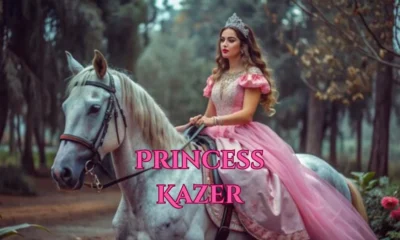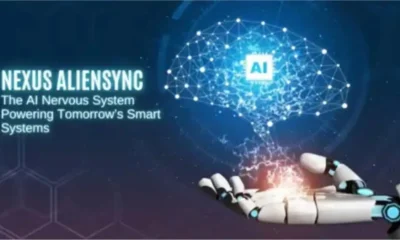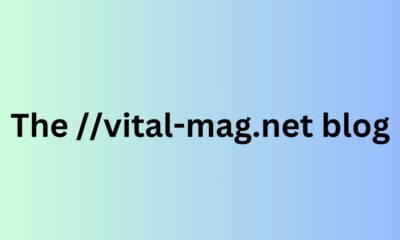GENERAL
Understanding Closing Costs: What to Expect When Buying a House

Understanding Closing Costs: What to Expect When Buying a House
Navigating the home-buying process may be both thrilling and intimidating, particularly when you are aware of closing costs. These are necessary and unavoidable expenses that come into play at the end of your real estate transaction, whether you are looking at homes for sale in Traverse City or exploring properties elsewhere. Knowing what to anticipate ensures you are prepared for the financial commitment to secure your new home.
Closing Costs Overview
Closing costs include a number of fees and usually vary between 2% and 5% of the purchase price of the home. These costs cover services related to home sale processing and can include property taxes, appraisal fees, and title insurance. Understanding these expenses is crucial for anyone serious about purchasing a home. It enables you to budget accurately and avoid surprises at the closing table. Informed buyers make better decisions, thereby simplifying the home-buying journey.
Common Components of Closing Costs
Several common components make up the total closing cost package for homebuyers. Loan origination fees, often charged by lenders for processing the mortgage application, can be a significant part of these costs. Appraisal fees, typically between $300 and $400, ensure the home’s market value aligns with the loan amount. Other elements include title insurance, which safeguards against potential property disputes or liens, and escrow fees for managing the funds used during the transaction.
How to Calculate Closing Costs
Calculating closing costs involves considering several variables, including the purchase price and local taxes. Lenders provide a loan estimate within three business days of receiving your application, including an itemized list of anticipated closing costs. Utilizing this document and working closely with your real estate agent can help forecast the total expenses accurately, allowing you to make informed decisions as you proceed through the buying process.
Tips for Saving on Closing Costs
Numerous strategies exist for homebuyers to manage and potentially reduce closing costs. Negotiating with the seller to share some costs is a common tactic, especially in a buyer’s market. Additionally, some lenders offer no-closing-cost loans, which factor the fees into the interest rate or loan amount, spreading payments over time. Evaluating the pros and cons of such options is vital to ensure they align with your financial plans. Comparing offers from different lenders and asking about fee waivers can also be beneficial.

Frequently Asked Questions
Are Closing Costs Negotiable?
Many components of closing costs are negotiable. Buyers often negotiate with sellers to cover a portion, particularly in buyer-friendly markets. Additionally, some lenders may allow negotiations on their fees. Always explore these options to reduce the financial burden potentially.
Can Closing Costs Be Rolled into the Mortgage?
In certain cases, borrowers can roll closing costs into their mortgage. While this decreases upfront cash requirements, it increases the overall loan balance, potentially leading to higher monthly payments. Discuss this option thoroughly with your lender to see if it fits into your overall financial plan.
Conclusion: Planning for Success
Understanding and preparing for closing costs is a crucial component of the home-buying process. By familiarizing yourself with the different types of fees and leveraging informed strategies, you can tactically manage these costs, ensuring your path to homeownership is as smooth and affordable as possible. Whether considering homes for sale or venturing into other markets, being proactive and knowledgeable about closing costs can enhance your buying experience and secure your financial future.
-

 BIOGRAPHY7 months ago
BIOGRAPHY7 months agoBehind the Scenes with Sandra Orlow: An Exclusive Interview
-

 HOME1 year ago
HOME1 year agoDiscovering Insights: A Deep Dive into the //vital-mag.net blog
-

 HOME1 year ago
HOME1 year agoSifangds in Action: Real-Life Applications and Success Stories
-

 BIOGRAPHY1 year ago
BIOGRAPHY1 year agoThe Woman Behind the Comedian: Meet Andrew Santino Wife




























